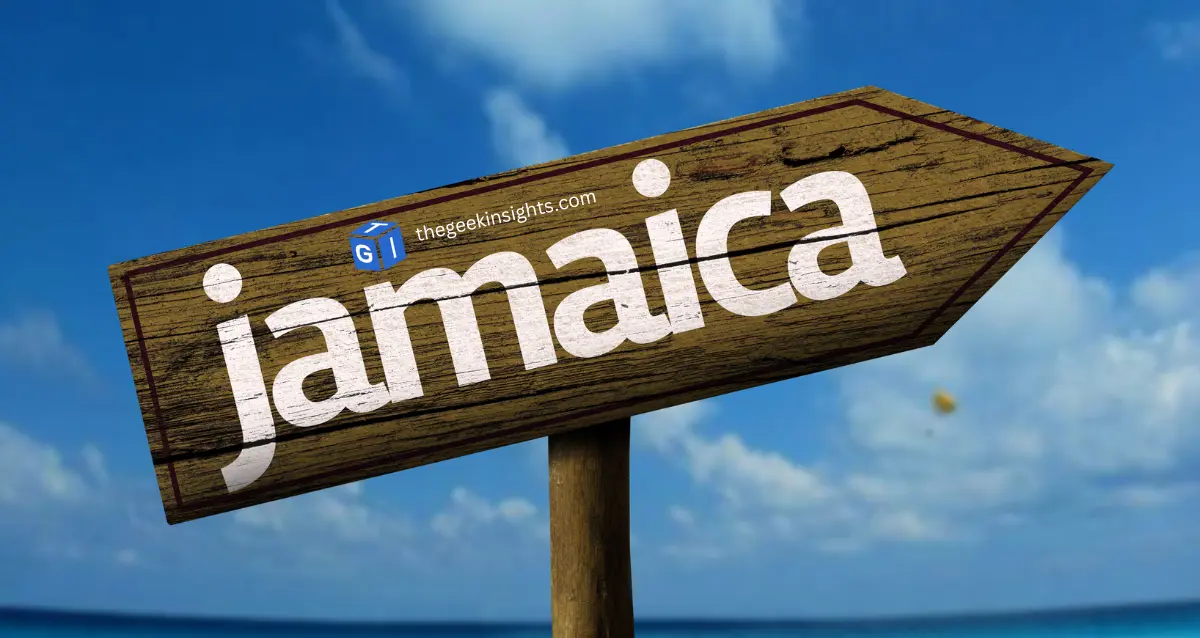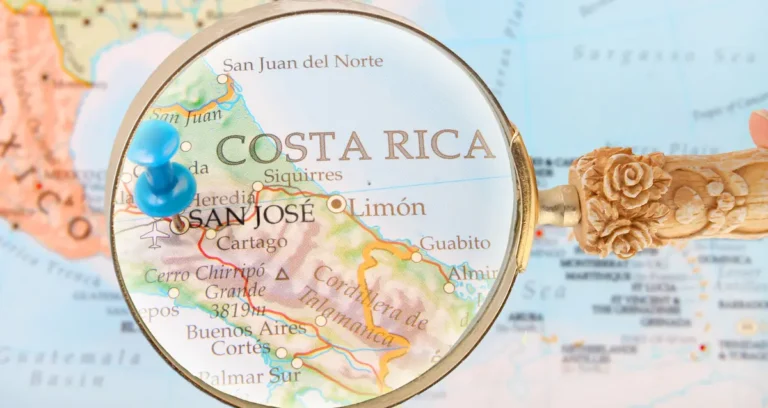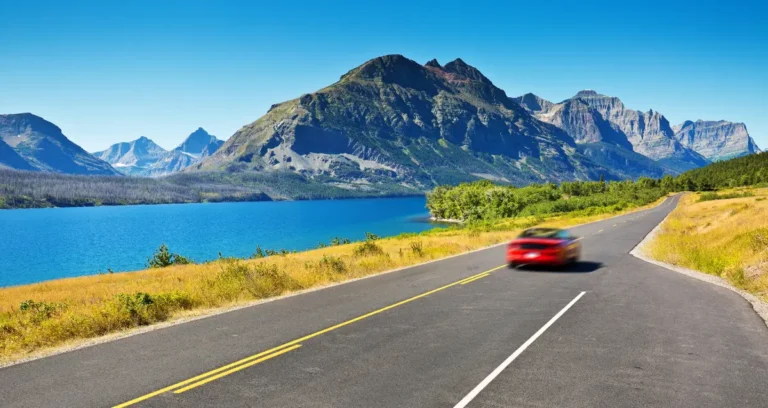Worst Time to Visit Jamaica: Uncovering the Truth
Jamaica, the vibrant Caribbean island known for its stunning beaches, rich culture, and laid-back vibes, is a popular destination for travelers seeking sun, sand, and adventure. However, many prospective visitors harbor concerns about the “worst time” to visit this tropical paradise.
Misconceptions about extreme heat, torrential rains, and hurricane threats often lead to hesitation when planning a trip. In this article, we’ll uncover the truth about Jamaica’s climate, debunk common myths, and provide insights to help you plan the perfect getaway, no matter the season.
- In our opinion based on thorough research, there is no “worst time” to visit Jamaica. The beautiful weather of Jamaica, diverse landscapes & rich culture offer an amazing experience to tourists around the year. The island’s tropical climate ensures warm and pleasant temperatures throughout the year so tourists can visit Jamaica without fear of encountering undesirable conditions.
Understanding Jamaica’s Climate
Tropical Climate: Year-Round Warmth
One of Jamaica’s greatest assets is its tropical climate, which ensures warm and pleasant temperatures throughout the year. With average temperatures hovering around 85°F (29°C), the island offers a comfortable escape from the harsh winters or sweltering summers experienced in other parts of the world. While there are slight fluctuations, with summer being marginally warmer than winter, the difference is barely noticeable to the average visitor.
Trade Winds: Nature’s Cooling Mechanism
Jamaica’s location in the path of the trade winds, the easterly breezes that circulate the Earth’s tropics, provides a natural cooling effect that mitigates the potential discomfort of high temperatures. These refreshing winds, combined with the island’s proximity to the sea, create a comfortable and enjoyable atmosphere, even during the warmest months.
Seasons in Jamaica: Dry vs. Rainy
Jamaica’s climate is often described as having two distinct seasons: the dry season and the rainy season. However, this categorization can be misleading. The rainy season does not necessarily mean constant downpours; instead, it refers to the occasional heavy tropical showers that bring much-needed nourishment to the island’s lush landscapes.
These showers are typically brief but intense, often lasting no more than 20 minutes, and are affectionately dubbed “liquid sunshine” by locals.
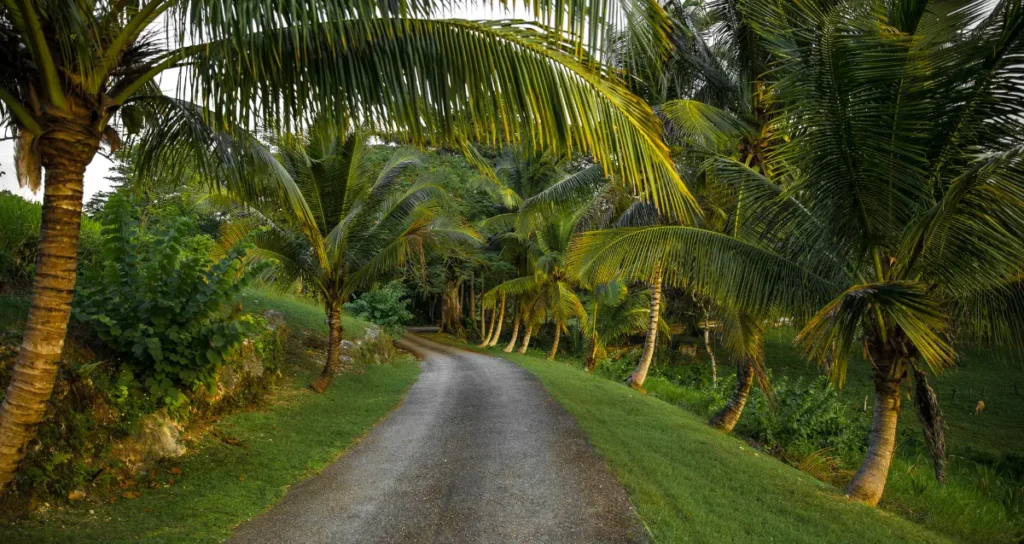
Debunking Myths About the Worst Time to Visit
Summer Heat: Not as Bad as You Think
Many travelers assume that Jamaica’s summer months are unbearably hot and should be avoided. However, this is a misconception. While temperatures may rise slightly during this period, the ever-present trade winds and proximity to the ocean provide a refreshing respite. Additionally, most tourist areas and accommodations are equipped with air conditioning, ensuring a comfortable stay.
Rainy Season: Liquid Sunshine
The rainy season, which typically runs from May to November, is often mistakenly perceived as a time when constant rainfall will dampen your vacation plans. In reality, the showers are typically short-lived and interspersed with ample sunshine. Even during the rainiest month of October, Jamaica still enjoys an average of six hours of sunshine per day, ensuring ample opportunities to enjoy the island’s natural beauty and outdoor activities.
Hurricane Season: Rare but Manageable
The Caribbean hurricane season, which runs from June 1 to November 30, is often a cause for concern among prospective visitors. While Jamaica does fall within the hurricane belt, the island’s unique topography and location make direct hits from major storms relatively rare. Additionally, modern forecasting systems provide ample warning for any potential storms, allowing travelers to adjust their plans accordingly.
Factors to Consider When Planning Your Trip
Location: From Coastal to Mountainous
Jamaica’s diverse topography plays a significant role in determining the weather patterns across the island. Coastal areas, such as Montego Bay and Negril, tend to experience more consistent sunshine and moderate rainfall, while inland and mountainous regions, like the Blue Mountains and Portland, often receive higher levels of precipitation due to their elevation and proximity to rainforests.
Crowds and Prices: High vs. Low Season
The peak tourist season in Jamaica typically runs from mid-December to mid-April, when the island experiences its driest weather and the highest influx of visitors. During this period, prices for accommodations, flights, and activities tend to be higher, and popular attractions can become crowded.
Conversely, the low season, which coincides with the rainy season, offers lower prices and fewer crowds, making it an attractive option for budget-conscious travelers or those seeking a more intimate island experience.
Personal Preferences and Activities
When deciding the best time to visit Jamaica, it’s essential to consider your personal preferences and the activities you wish to engage in. If you’re primarily interested in beach lounging and water sports, the drier months may be more suitable. However, if you’re drawn to the island’s lush rainforests, waterfalls, and outdoor adventures, the rainy season can provide a more vibrant and verdant landscape.
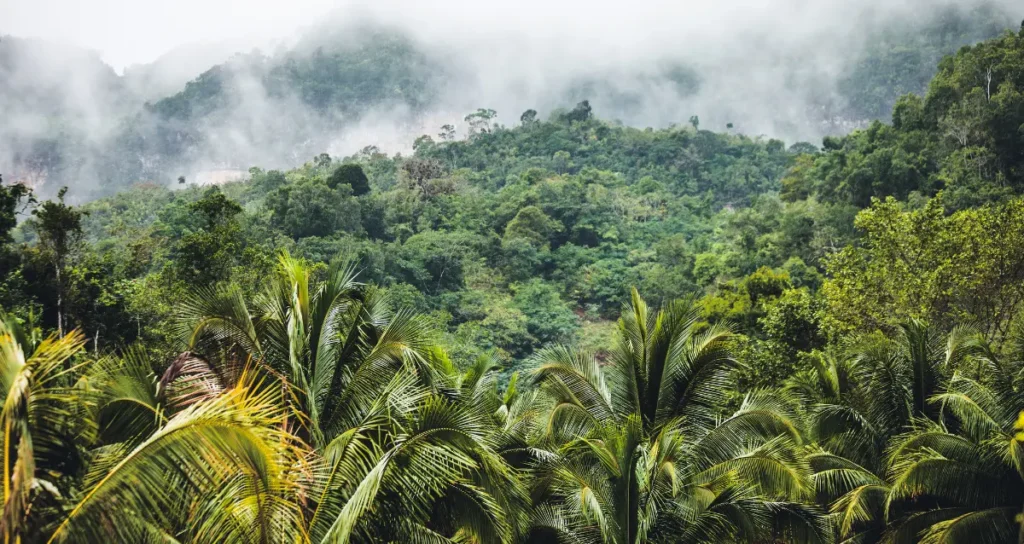
Benefits of Visiting During the “Worst” Time
Fewer Tourists: Uncrowded Attractions
One of the greatest advantages of visiting Jamaica during the low season is the opportunity to enjoy the island’s attractions without the crowds. Popular beaches, restaurants, and cultural sites are typically less crowded, allowing for a more intimate and relaxed experience. Additionally, you’ll have a better chance of interacting with locals and immersing yourself in the authentic Jamaican culture.
Lower Prices: Budget-Friendly Travel
The low season in Jamaica often coincides with significant discounts on accommodations, flights, and activities. Savvy travelers can take advantage of these reduced rates to stretch their travel budgets further, enjoying more luxurious accommodations or indulging in additional experiences without breaking the bank.
Unique Experiences: Rain Forest Adventures
While the rainy season may deter some visitors, it also presents unique opportunities for adventurous souls. Jamaica’s lush rainforests come alive during this time, with cascading waterfalls, vibrant foliage, and an abundance of wildlife. Hiking trails, river tubing, and eco-tours become even more enchanting, offering a chance to explore the island’s natural wonders in their full glory.
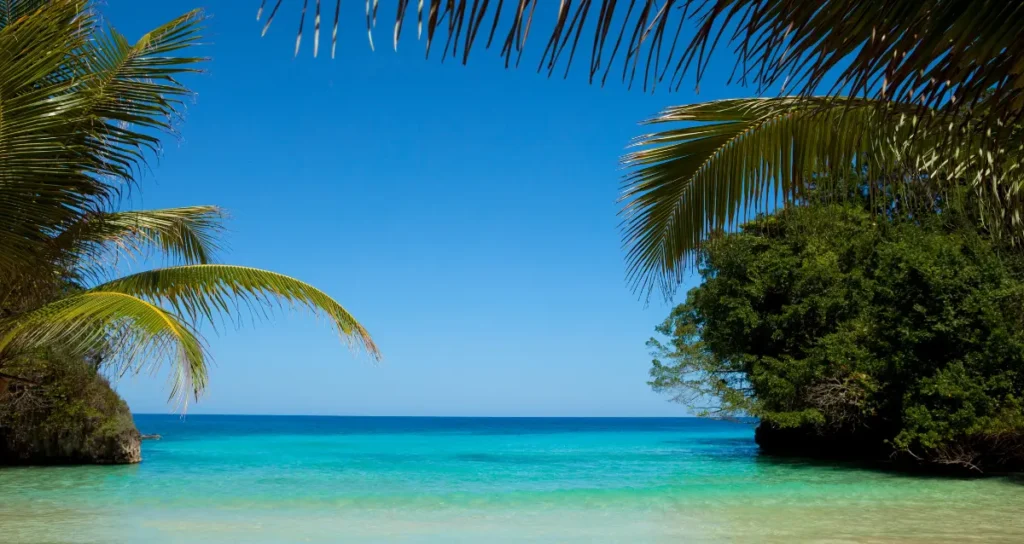
Tips for Enjoying Jamaica Anytime
Pack Accordingly: Rain Gear and Sun Protection
Regardless of when you visit Jamaica, it’s essential to pack appropriately. During the rainy season, lightweight rain jackets and umbrellas can come in handy, while sun protection, such as hats, sunglasses, and sunscreen, is a must-have year-round. By being prepared for both sunshine and showers, you’ll be able to fully embrace the island’s diverse weather patterns.
Be Flexible: Embrace the Unpredictable
Jamaica’s tropical climate can be unpredictable, with sudden rain showers or bursts of sunshine interrupting the forecast. Embracing this unpredictability and remaining flexible with your plans can enhance your island experience. Be open to adjusting your itinerary based on weather conditions and taking advantage of spontaneous opportunities that arise.
Seek Local Advice: Insider Knowledge
No one knows Jamaica’s weather patterns and hidden gems better than the locals. Seeking advice from tour guides, hotel staff, or friendly Jamaicans can provide invaluable insights into the best times and locations for specific activities, as well as insider tips on navigating the island’s microclimates.
Conclusion
In truth, there is no definitive “worst time” to visit Jamaica. The island’s tropical climate, combined with its diverse landscapes and rich cultural offerings, ensures an unforgettable experience year-round. By understanding the nuances of Jamaica’s weather patterns, debunking common myths, and considering personal preferences, travelers can plan their dream vacation without fear of encountering unfavorable conditions.
Whether you seek sun-drenched beaches, lush rainforest adventures, or a taste of authentic Jamaican culture, every season offers its unique charms. Embrace the island’s unpredictable tropical showers as “liquid sunshine,” and revel in the opportunity to escape the crowds and experience Jamaica’s hidden gems during the low season.
Ultimately, the key to a memorable Jamaican getaway lies in being open-minded, adaptable, and willing to immerse yourself fully in the island’s vibrant spirit. With the right mindset and preparation, you’ll discover that Jamaica’s allure transcends seasons, and every moment on this captivating Caribbean jewel is an opportunity to create lasting memories.
FAQs
1. Is it safe to travel to Jamaica during hurricane season? While Jamaica does fall within the Caribbean hurricane belt, direct hits from major storms are relatively rare. Modern forecasting systems provide ample warning for any potential hurricanes, allowing travelers to adjust their plans accordingly. Additionally, Jamaica’s unique topography and location often divert or weaken approaching storms.
2. Are there any cultural festivals or events to consider when planning a trip? Absolutely! Jamaica is renowned for its vibrant cultural celebrations, such as the Reggae Sumfest in July, the Jamaica Carnival in April, and the Bob Marley Birthday Bash in February. Attending these events can provide an authentic and immersive experience into Jamaican culture and music.
3. What is the best way to get around Jamaica? While rental cars are available, many visitors find it more convenient and enjoyable to hire a local driver or tour guide. This not only ensures safe navigation but also provides valuable insights into the island’s history, culture, and hidden gems. Taxis and public transportation are also options, especially for shorter distances.
4. Are there any specific precautions or health advisories for travelers? As with any tropical destination, it’s essential to take precautions against mosquito-borne illnesses by using insect repellent and covering up when necessary. Additionally, staying hydrated and protecting yourself from the sun’s rays with sunscreen and appropriate clothing is crucial. Consulting a travel health professional before your trip is recommended.
5. What are some lesser-known or off-the-beaten-path attractions in Jamaica? While Jamaica’s famous beaches and attractions are not to be missed, the island also offers a wealth of hidden gems for those seeking a more authentic and immersive experience. Consider exploring the Blue and John Crow Mountains, visiting the historic Bamboo Avenue in St. Ann, or venturing to the secluded Frenchman’s Cove in Portland for a taste of Jamaica’s untouched natural beauty.C
Check out The Worst Time to Visit Dubai: An Insider’s Guide.

